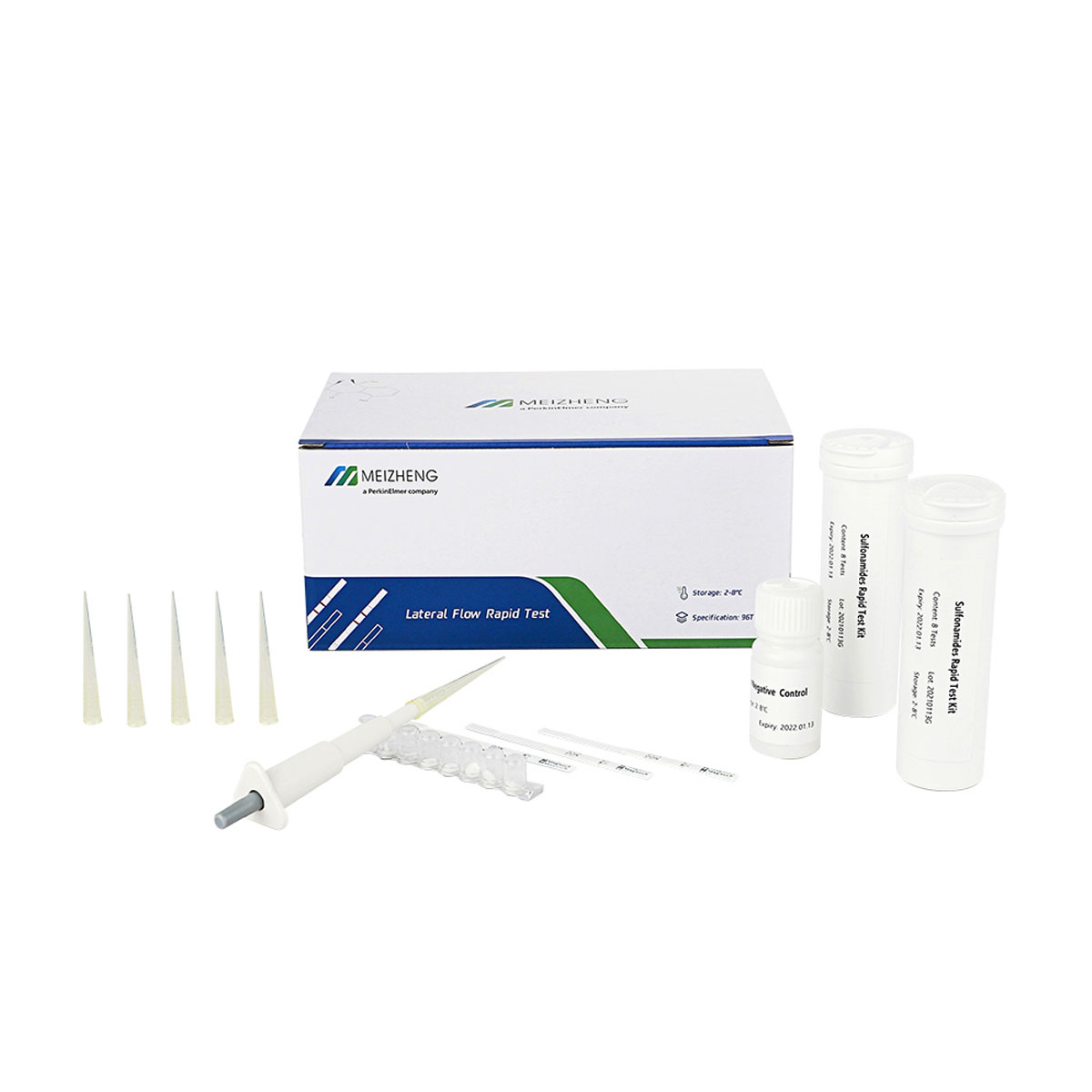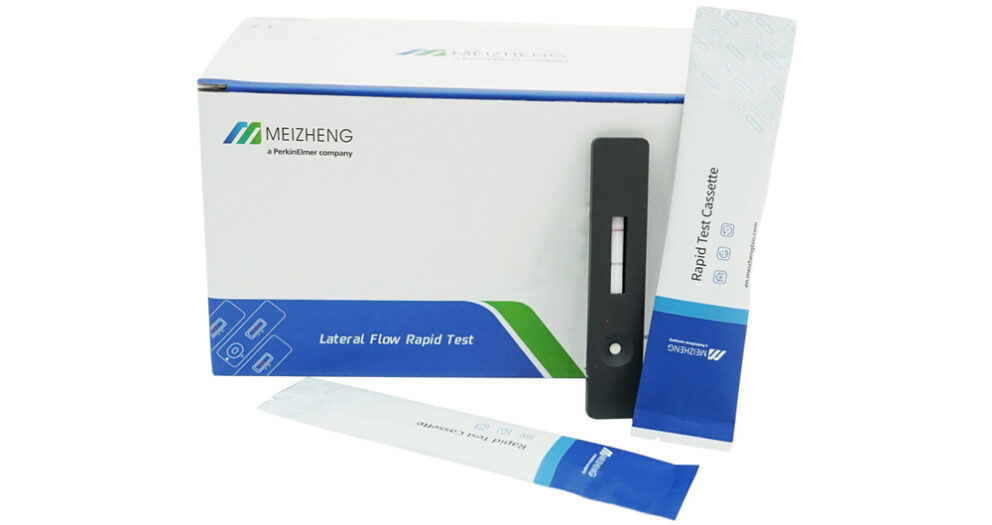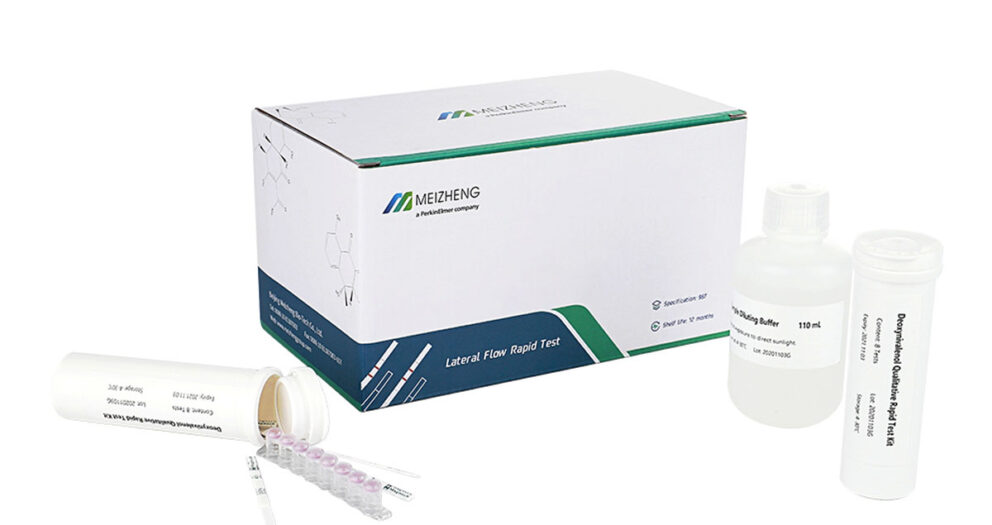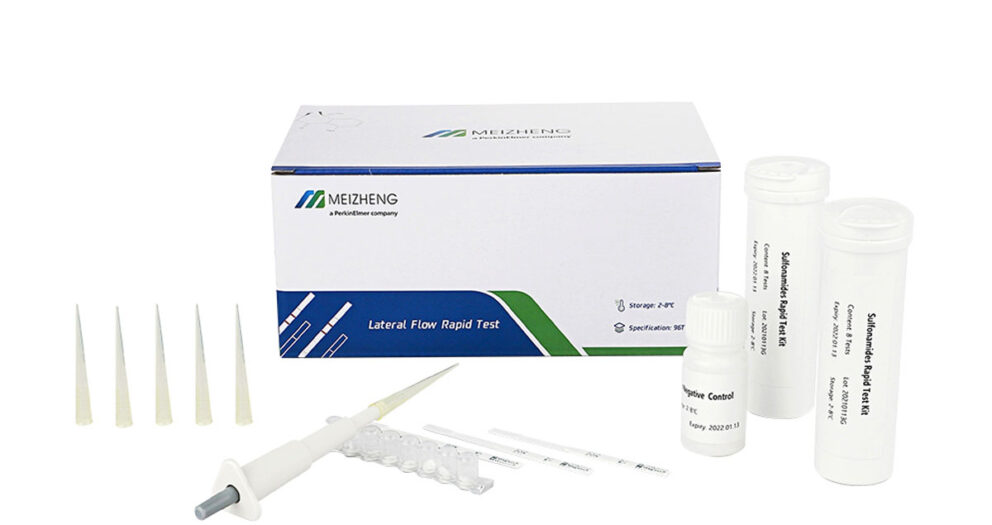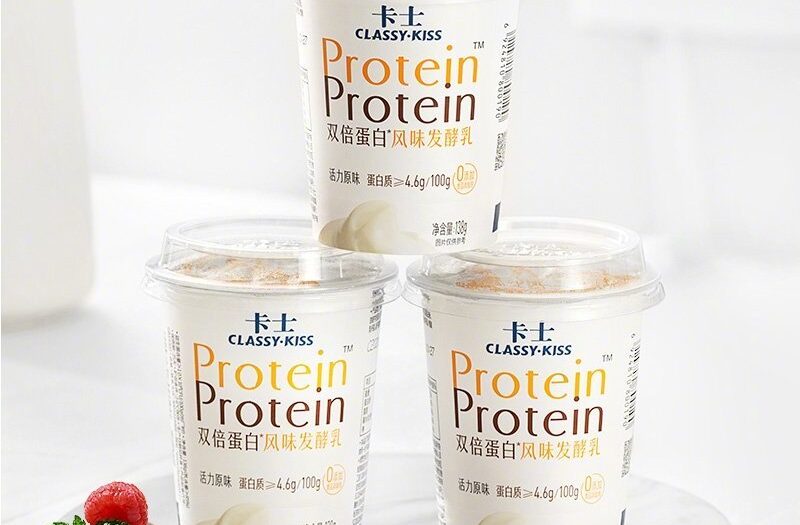Food Rapid Dete
Antigens are antigenic:
Immunogenicity, reactogenicity.
Antigen classification (by antigenic properties):
Complete antigen, hapten (some drugs).
Epitopes, also known as antigenic determinants:
It is a special chemical group with a certain composition and structure located on the surface or other parts of the antigen molecule.
Antibody:
After the immune system of the animal is stimulated by an antigen, it is produced by the proliferation and differentiation of B cells of the immune system into plasma cells, and secreted a type of globulin with immune function that can specifically bind to the corresponding antigen. Not all immunoglobulins are antibodies.
Antibody basic structure:
a. Heavy chain H 2 light chain L 2 b. Constant region C region Variable region V region c. Hinge region d. Fab antigen-binding fragment Fc: crystallizable fragment
The principle of ELISA:
(1) The antigen or antibody can be physically adsorbed on the surface of the solid phase carrier, possibly because the hydrophobic part between the protein and the surface of the polystyrene adsorbs each other and maintains its immunological activity;
(2) The antigen or antibody can be linked with the enzyme through covalent bonds to form an enzyme conjugate, and the enzyme conjugate can still maintain its immunological and enzymatic activities;
(3) After the enzyme conjugate is combined with the corresponding antigen or antibody, it can be determined whether there is an immune reaction according to the color reaction of the added substrate, and the depth of the color reaction is proportional to the amount of the corresponding antigen or antibody in the standard. , Therefore, the experimental results can be displayed according to the degree of color development of the substrate.
Types of ESISA:
- Double antibody sandwich method (to measure microorganisms)
- Indirect method to measure antibodies
(3) Competition method to measure antigens (chemical fertilizers and pesticides).
The basic principle of double antibody sandwich method:
The antibody and enzyme-labeled antibody connected to the solid-phase carrier are respectively combined with the two antigenic determinants on the detected antigen molecule in the sample to form a solid-phase antibody-antigen-enzyme-labeled antibody immune complex. The amount of the enzyme-labeled antibody is excessive relative to the antigen to be tested, so the amount of complex formed is proportional to the content of the antigen to be tested (within the detection range of the method), and the enzyme in the determination complex acts on the added substrate. The amount of colored substance (OD value) generated after the substance can be used to determine the content of the antigen to be tested.
The basic principle of indirect antibody detection:
The antigen is connected to the solid-phase carrier, and the antibody to be tested in the sample is combined with it to form a solid-phase antigen-tested antibody complex, and then the enzyme-labeled secondary antibody (antibody against the test antibody, such as goat anti-human ICG antibody) The antibodies in the solid-phase immune complex are combined to form a solid-phase antigen-detected antibody-enzyme secondary antibody complex, the color development degree after adding the substrate is determined, and the content of the antibody to be detected is determined.
The basic principle of antigen detection by competition method:
First, the specific antibody is adsorbed on the surface of the solid phase carrier (coated), and after washing, it is divided into two groups: one group adds the mixture of enzyme-labeled antigen and the tested antigen, while the other group only adds the enzyme-labeled antigen. The antigen and a certain amount of enzyme-labeled antigen compete with the solid-phase antibody to bind (the more antigen content in the sample, the less the enzyme-antigen bound on the solid-phase, and the lighter the final color), and then after incubation and washing Add the substrate to develop color, and the difference between the two groups of substrate degradation amounts is the amount of unknown antigen we want to measure.
View more accurate and quality food test kits.


